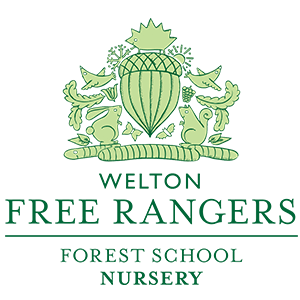I sat down on the carpet with a group of children, along with a whiteboard and a pen! Firstly I started off by drawing some shapes that I saw on the puzzle nearby. I brought the puzzle into the middle of the circle. I asked individually if they could match up the shapes. The children found this quite easy so then I came up with another activity. I turned the whiteboard away from them and drew a sad face. Before I turned the whiteboard back around I asked “Can you tell me if he is happy or sad?” Within a second of turning the whiteboard around the children fired back at me shouting “SAD!”
I then asked them to all do a sad face. I quickly rubbed it out and drew an angry face, asking; “Do you think she is angry or sad?” First of all the children laughed at the drawing but answering correctly they all said angry. After I asked them if they could do an angry face, there were lots of grunts, groans, teeth and screwed up faces!
Again the children found this quite easy, so now I thought I would bring in the “how” question. By now my group has gained another 6 or 7 inquisitive children. I then drew an asleep face. I turned it around to the group and let them look at it first before I said anything; after a few moments I asked “Is she asleep or awake?” L replied with “She’s asleep she’s tired!” I asked “How do you know she is asleep L?” She replied with “Well her eyes are shut and I shut my eyes when I am asleep”. I drew other faces such as happy, surprised, confused and so on.
It’s important in children’s learning for them to recognise the wide range of emotions that we can feel. It’s said that children’s ability to match expressions with the names of emotions can grow regularly from the age to 2 up to 10. Having the ability to be able to label the emotions enables them to express themselves individually and talk about how they feel. It’s important to talk to children about how they feel and finding ways to help them to recognise and demonstrate their emotions constructively and positively. When children are feeling sad about something it’s important to acknowledge their feelings and encourage them to self regulate the way they feel. We know that we don’t all feel the same emotions in the same situations; we will all feel differently about things and at different times, facilitating this awareness is fundamental through all the learning activities we do and as practitioners we do all we can to ensure Free Range children are aware of and can manage their emotions positively.
Nic
